Filter by

Advances in Wheat Genetics: From Genome to Field: Proceedings of the 12th Int…
This proceedings is a collection of 46 selected papers that were presented at the 12th International Wheat Genetics Symposium (IWGS). Since the launch of the wheat genome sequencing project in 2005, the arrival of draft genome sequences has marked a new era in wheat genetics and genomics, catalyzing rapid advancement in the field. This book provides a comprehensive review of the forefront of wh…
- Edition
- Ed. 1
- ISBN/ISSN
- 978-4-431-55675-6
- Collation
- XVI, 445
- Series Title
- -
- Call Number
- 630 ADV a

True Truffle (Tuber spp.) in the World Soil Ecology, Systematics and Biochem…
This book focuses on the taxonomic diversity of the genus Tuber as economically important truffles. In contributions by internationally respected scientists, it examines truffle systematics, interactions with abiotic and biotic environments, strategies for spore dispersal, and molecular processes in truffles. Topics discussed include: evolutionary theories and phylogeny of Tuber species from As…
- Edition
- -
- ISBN/ISSN
- 978-3-319-31436-5
- Collation
- 43 b/w illustrations, 28 illustrations in colour
- Series Title
- -
- Call Number
- -
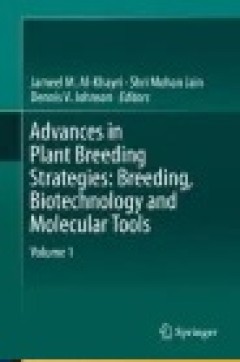
Advances in Plant Breeding Strategies: Breeding, Biotechnology and Molecular …
The basic concept of this book is to examine the use of innovative methods augmenting traditional plant breeding towards the development of new crop varieties under different environmental conditions to achieve sustainable food production. This book consists of two volumes: Volume 1 subtitled Breeding, Biotechnology and Molecular Tools and Volume 2 subtitled Agronomic, Abiotic and Biotic Stress…
- Edition
- Ed. 1
- ISBN/ISSN
- 978-3-319-22521-0
- Collation
- XII, 656
- Series Title
- -
- Call Number
- 630 ADV a
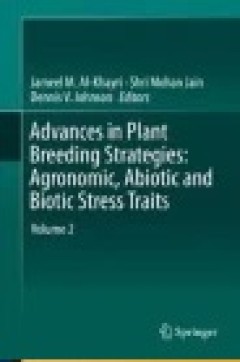
Advances in Plant Breeding Strategies: Agronomic, Abiotic and Biotic Stress T…
The basic concept of this book is to examine the use of innovative methods augmenting traditional plant breeding towards the development of new crop varieties under different environmental conditions to achieve sustainable food production. This book consists of two volumes: Volume 1 subtitled Breeding, Biotechnology and Molecular Tools and Volume 2 subtitled Agronomic, Abiotic and Biotic Stress…
- Edition
- Ed. 1
- ISBN/ISSN
- 978-3-319-22518-0
- Collation
- XII, 707
- Series Title
- -
- Call Number
- 630 ADV a
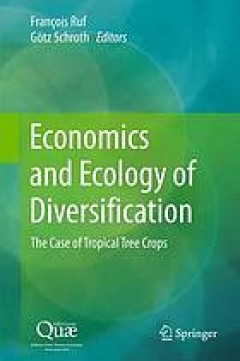
Economics and ecology of diversification : the case of tropical tree crops
The monoculture systems that have been encouraged by governments since the 1960s have led to major socio-economic and environmental crises. Now the diversification of tree crop systems is advancing throughout the tropics. Why and when does diversification take place? What categories of farmers diversify? What obstacles do they have to overcome, and how do public and private policies interfere i…
- Edition
- -
- ISBN/ISSN
- 9789401772945
- Collation
- ix, 340 pages
- Series Title
- -
- Call Number
- 338.1

Economics of Land Degradation and Improvement--A Global Assessment for Sustai…
This volume deals with land degradation, which is occurring in almost all terrestrial biomes and agro-ecologies, in both low and high income countries and is stretching to about 30% of the total global land area. About three billion people reside in these degraded lands. However, the impact of land degradation is especially severe on livelihoods of the poor who heavily depend on natural resourc…
- Edition
- -
- ISBN/ISSN
- 9783319191683
- Collation
- xviii, 686 pages
- Series Title
- -
- Call Number
- 630

Life-cycle Cost Approach for Management of Environmental Resources: A Primer
This book demonstrates the application of Life-cycle Cost Approach (LCCA) in the management of infrastructure and other investment projects in the context of developing countries. The main goal is to identify potential opportunities for the adoption LCCA in developing countries, with the help of case studies and best practices. The editors observe that developing countries are plagued with poor…
- Edition
- -
- ISBN/ISSN
- 978-3-319-06287-7
- Collation
- -
- Series Title
- -
- Call Number
- -
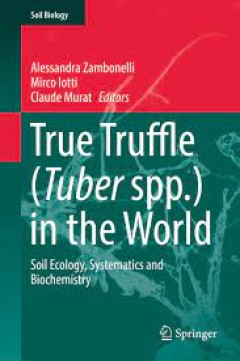
True Truffle (Tuber spp.) in the World
This book focuses on the taxonomic diversity of the genus Tuber as economically important truffles. In contributions by internationally respected scientists, it examines truffle systematics, interactions with abiotic and biotic environments, strategies for spore dispersal, and molecular processes in truffles. Topics discussed include: evolutionary theories and phylogeny of Tuber species from As…
- Edition
- 1
- ISBN/ISSN
- 978-3-319-81040-9
- Collation
- XIV, 436
- Series Title
- Soil Biology
- Call Number
- -
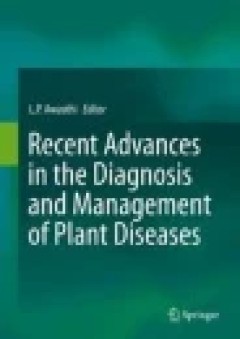
Recent Advances in the Diagnosis and Management of Plant Diseases
This book is a compilation of the most challenging and significant chapters on the diagnosis and management of important bacterial, fungal, viral, viroid, phytoplasma, non parasitic diseases and various physiological disorders, in various crops. The chapters have been contributed by eminent plant pathologists, having wide experience of teaching and research on various crops with different types…
- Edition
- -
- ISBN/ISSN
- -
- Collation
- -
- Series Title
- -
- Call Number
- 630
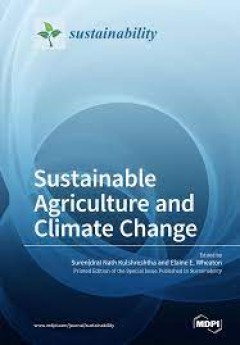
Sustainable Agriculture and Climate Change
Sustainability covers environmental, social and economic dimensions, and requires a multi-disciplinary approach in order to examine, explore and critically engage with issues and advances in its related areas. As we are aware, climate change is a certainty and it affects many economic sectors, including agriculture, particularly production of crop and livestock enterprises. Vast regional differ…
- Edition
- -
- ISBN/ISSN
- -
- Collation
- -
- Series Title
- -
- Call Number
- 630 SUS
 Computer Science, Information & General Works
Computer Science, Information & General Works  Philosophy & Psychology
Philosophy & Psychology  Religion
Religion  Social Sciences
Social Sciences  Language
Language  Pure Science
Pure Science  Applied Sciences
Applied Sciences  Art & Recreation
Art & Recreation  Literature
Literature  History & Geography
History & Geography